20 Best Tourist Attractions to Visit in Zambia
1. Solwezi
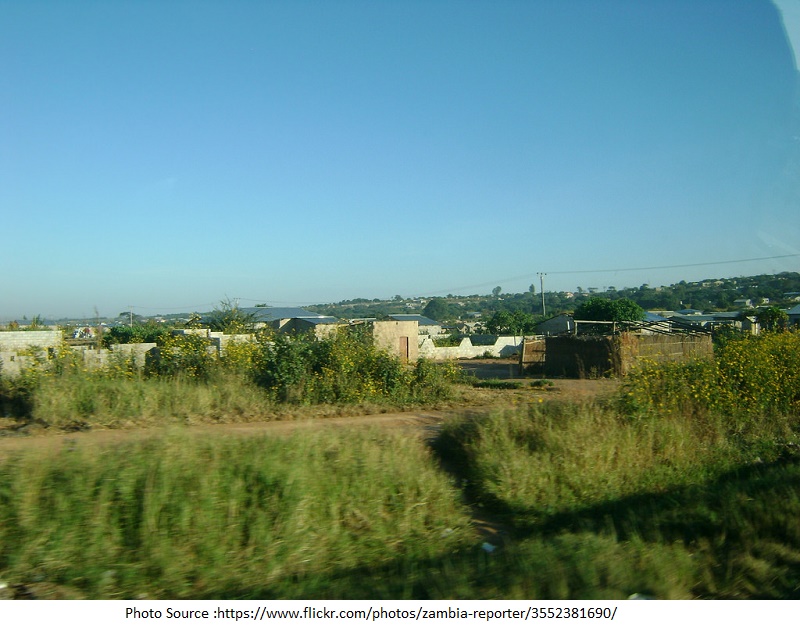
Actually, a mining center that sits high on the bluffs of the north-western uplands of Zambia, Solwezi has raised from sleepy backwater to flourishing industrial center. The newfound confidence has bloomed in a cluster of pleasant beer bars and pubs that become replenished with locals after sunset, not to mention the appearance of just a couple of homestays for the burgeoning tourist scene. The key industry of Solwezi is copper mining but tourists come here to watch the rock works. Solwezi is home to some of the country’s ancient Stone Age carvings. These engraving can be found in the caves and canyons and the nearby Kifubwa River.
2. Sioma Ngwezi National Park
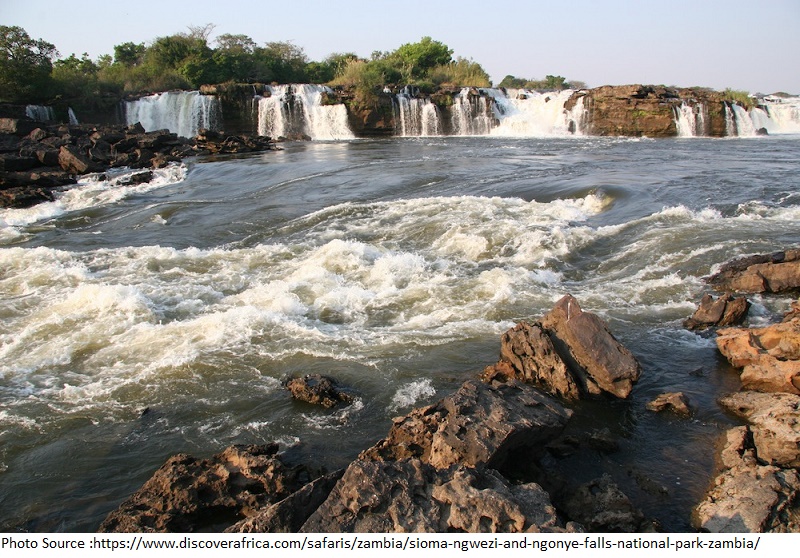
Although devastated by reckless poaching in former decades, the reserves of Sioma Ngwezi are back on the up. This natural reserve has been graced with the reinstalled presence of African elephants in recent years. The approximate number of the elephants here is 3,000 and they are largely seen on the park’s southern edge. Spectators will see here all the usual kudus and impala and sometimes if their luck favors they will be able to see rare cheetah. There are some luxury safari lodges to experience here, all within close range to the falling waters of the Ngonye Falls.
3. Chingola
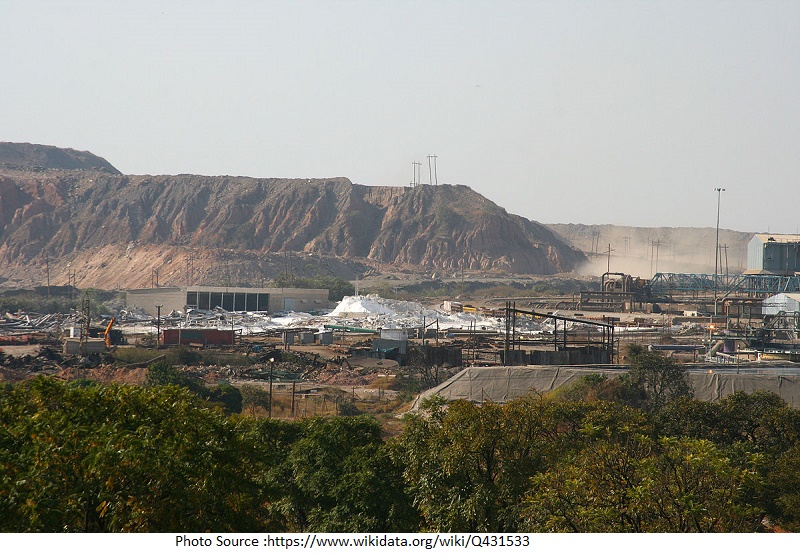
Deep in the Zambian heartlands, a little Copperbelt town Chingola, is a lovely place. It’s topped with the dangling branches of acacia trees and the irregular spiny cactus, and ticks over to the reasonable thrum of copper mining machinery and the chitchat of local prospectors. Now, a number of good hotels and restaurants attract a humble crowd of tourists each year. They come to visit the huge open shaft mines that encompass the settlement. Some come to play a round of golf in the nearby golf course which is one of the most acclaimed in the whole Copperbelt area, nay, the whole country!
4. Blue Lagoon National Park
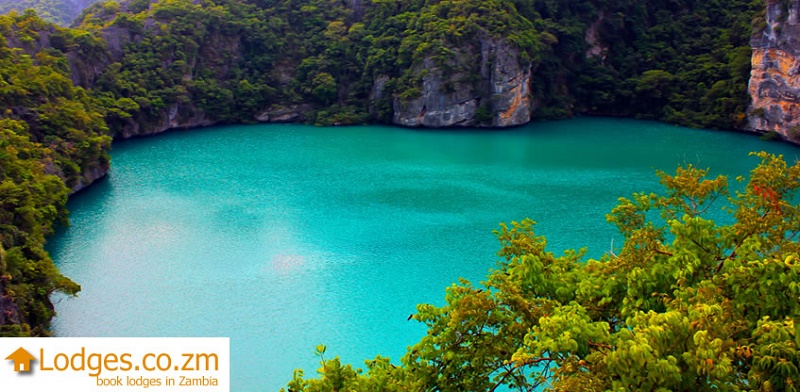
Only 100 kilometers from Lusaka, situated Blue Lagoon National park where visitors will find the otherworldly pleasure. Located above the Kafue Flats, this huge floodplain of a reserve throbs between cracked and sunbaked desert in the dry season and green watering hole in the rainy season. When the pearly waters begin to swell that most guests will appear. They go ardent to find rare birds in the canopies of acacias that stand on the little oxbow lakes and lagoons. Or, they go to marvel at the jumping lechwe antelopes as they dance around the forests.
5. Ndola
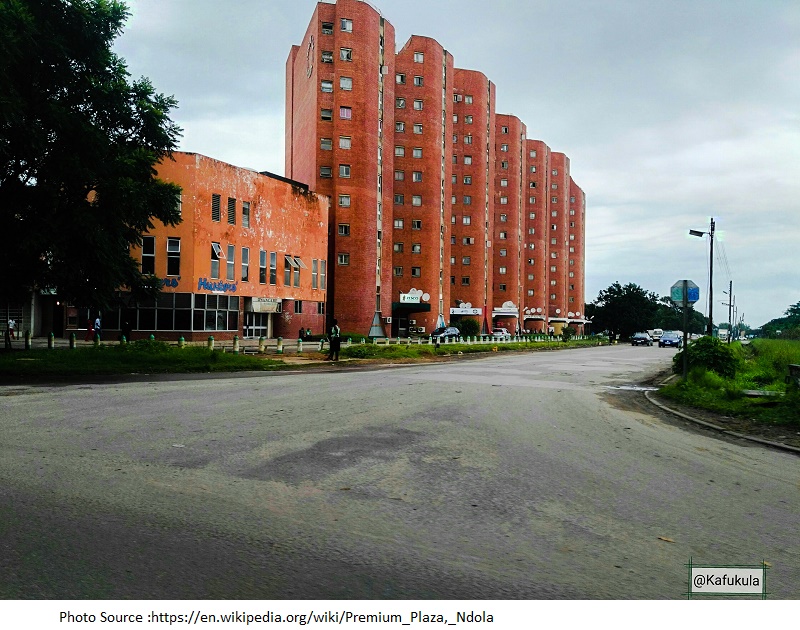
Ndola is the mercantile sub center of Zambia’s Copperbelt region which is one of the industrious kingpins of the nation. This well-kept town of clean streets and municipal green spots makes a nice change from the insane energy of the country’s capital at Lusaka. Despite having obvious lived-in vibes, there are a few lovely little touristic points to watch. These places include a termite-attacked Mukuyu Slave Tree, where Arabian merchants would have hawked their human goods in centuries gone by. You can also see the striking fascinating lake of Chilengwa, constantly puzzling locals with its curious absence of a water source.
6. Lower Zambezi National Park
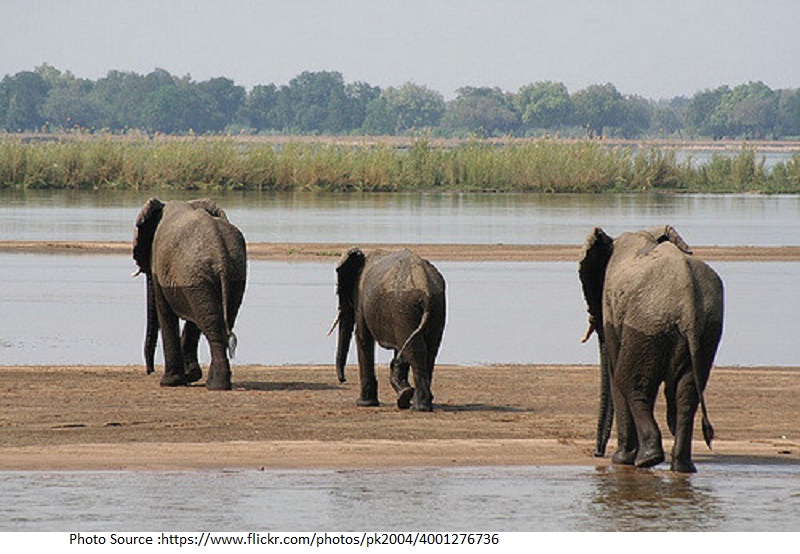
One of Zambia’s more isolated wildernesses, the Lower Zambezi National Park is a place yet intact by the invasion of mass safari going and ecotourism. A combination of muddy banks and miombo gallery woods, the 4,000-square-kilometer region is known for its immense floodplain. This seasonal wetland attracts groups of lions and elephants, buffalo and leopard. All assemble here to water and feed. Lower Zambezi can’t be accessed by paved road, so a 4X4 or a chartered flight connection (a great way to survey the wilds of southern Zambia) is absolutely essential.
7. Kafue National Park
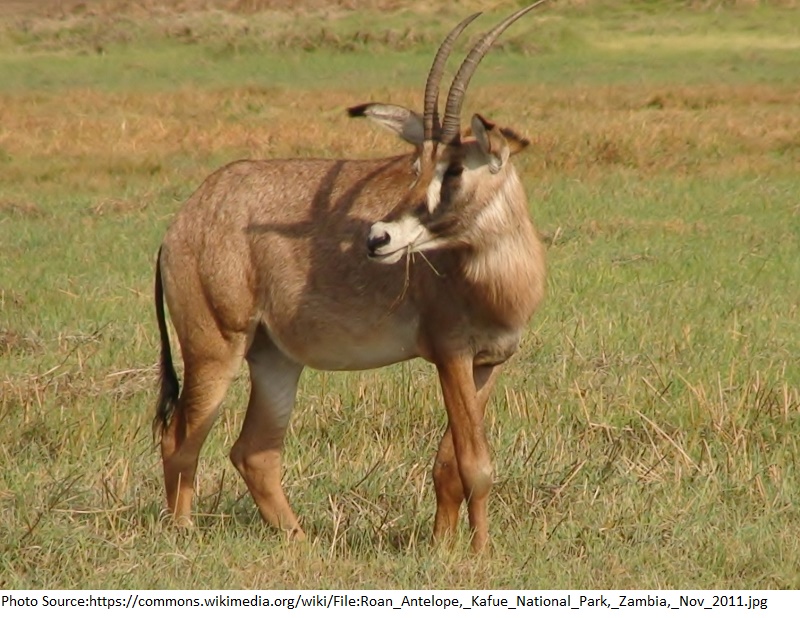
The most aged national park in all of Zambia is a real pleasure for those in search of a genuine African safari taste. This park spread over 20,000 square kilometers it remains one of the biggest protected regions on the continent. Its rich biodiversity speaks for itself. You’ll locate rare antelopes on the plains, and the intangible cheetah (rarely seen in these parts) stalking the riverine jungle. You may get the opportunity to meet African wild dogs on the grasses, and see them searching their territories in the company of elephants (the estimated number is 4,000 here) and monitor lizards alike.
8. South Luangwa National Park
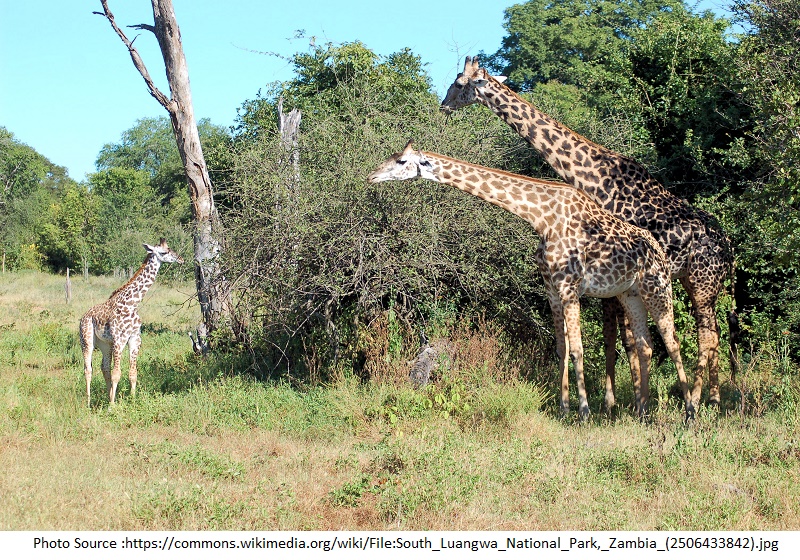
One of the abodes of the eminent walking safari, the South Luangwa National Park stretches out between the elevated mountains of eastern Zambia. It’s trodden by herds of elephants and hippos, countless buffalos and long-necked giraffes, miombo jungle and waving savannah plains. The biodiversity makes it something of a picture of real Africa, and the amalgamation of lion packs does well to add to the reputation. You’ll be able to travel through the vast land in the company of pastoralist guides and can learn all about animal tracking, anti-poaching, and reservation.
9. Lusaka

It’s the place where Zambia’s go-ahead and entrepreneurs assemble in search of chances. Lusaka is a throbbing economic hub of Zambia. Its markets – like the zigzagged Soweto Market and its composition of shamanist and used car part stalls – burst with babble, as local people bargain their way through the wares. Minibusses are plying up and down the tarmacked roads. You will see new high-rise construction projects marking many of the corners. The lovely Cathedral of the Holy Cross in the heart of the city is worth an imbecile, and so are the signifying displays of the National Museum.
10. Nsumbu National Park
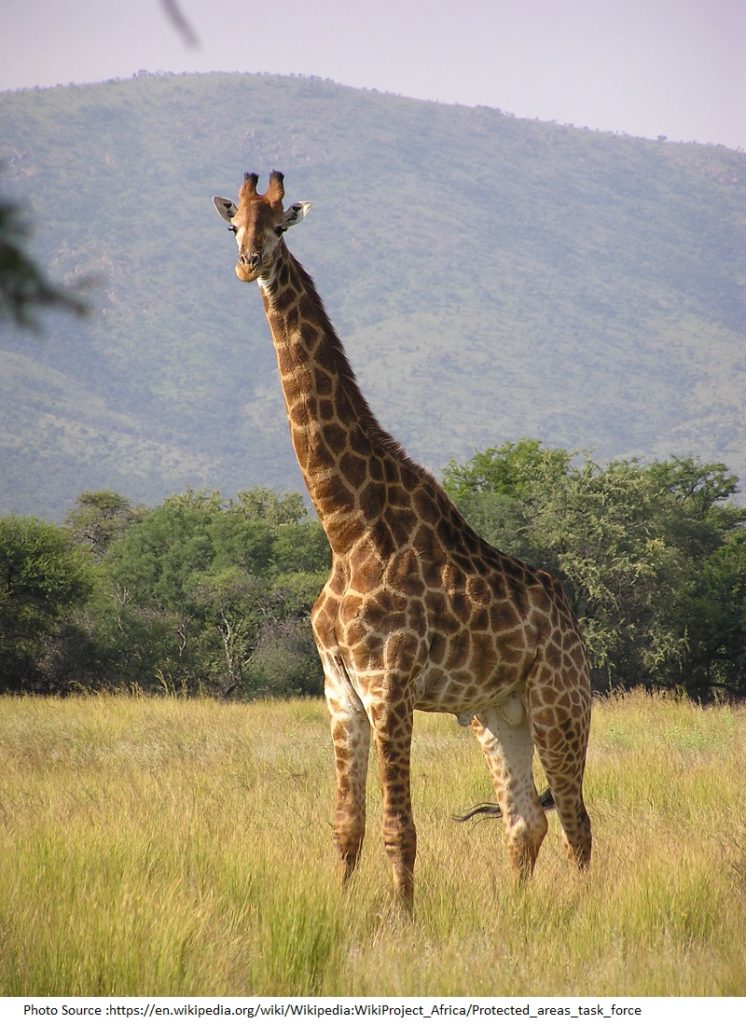
The Nsumbu National park spread over an area from the sandy banks of Lake Tanganyika to the scrub-clad hills of the country’s Northern Province. The Nsumbu National Park is a diversified and faschinating experience of the Central African hinterland. In the last couple of decades, mainstream tourists got the chance to visit this area after the inception of gravel road connections to Kawambwa. The key attractions of the park include the fantastic territory of Kasaba Bay, where elephants can be seen strolling the swamps, and the creeping of the Lufubu River, which houses everything from dangerous crocs to water buffalo.
11. Livingstone

The previous capital of Zambia, Livingstone was named after probably the most eminent explorer of the African continent who ever lived: David Livingstone. Actually, the place is a suitable memorial to the Scottish expeditionary and anti-slavery campaigner, not least of all because it’s the entrance to the rumbling cascades of the Victoria Falls (Livingstone is said to have been the first explorer to discover this natural wonder). It’s also one of the popular places for safari goers and adventure tourists going forward to Central Africa, popular for its easy access to the ancient Zambezi National Park (in Zimbabwe), and the whitewater slopes of the Zambezi River to boot!
12. Kitwe

Kitwe has flourished in the last century to become one of Zambia’s most crowded cities. Now, more than half a million inhabitants call this one their home; most of whom perspire and do hard labor in the copper mines that first fetched money to this part of Central Africa. When you appear, you’ll be able to experience the outcomes of the blossoming mining industries here. They appear in the form of metal rigs over the dusty ground and pop up in the shops of the city’s Obote Ave Market – search for the strange handmade copper trinkets. Kitwe is also an ideal place for further investigation among the cities of the greater Copperbelt.
13. Kasanka National Park
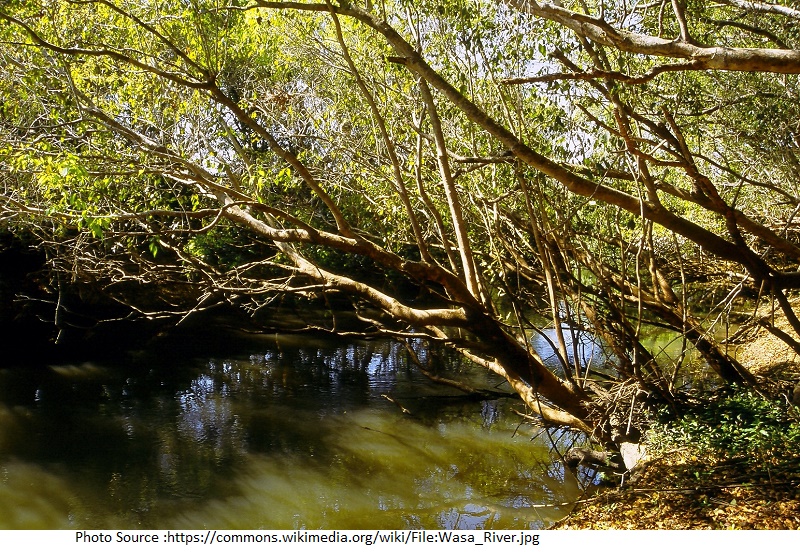
A tiny place near the straight-line border with the DRC in the middle of Zambia, Kasanka offers up a peculiar cross-section of Central African fauna. Pangolins and mongoose are seen all over the countryside, while sable antelopes and hartebeest convene on the pastures. Granted, there are few – if any – of the so-called Big Five game here, but there are other, more appropriate opportunities, to confront the continental ecology. Think serpentine boat journeys and fishing outings on the Luwombwa River, sitatunga antelope wandering amidst the swamps, and some of the most stunning bat migrations known to man!
14. Mosi-oa-Tunya National Park
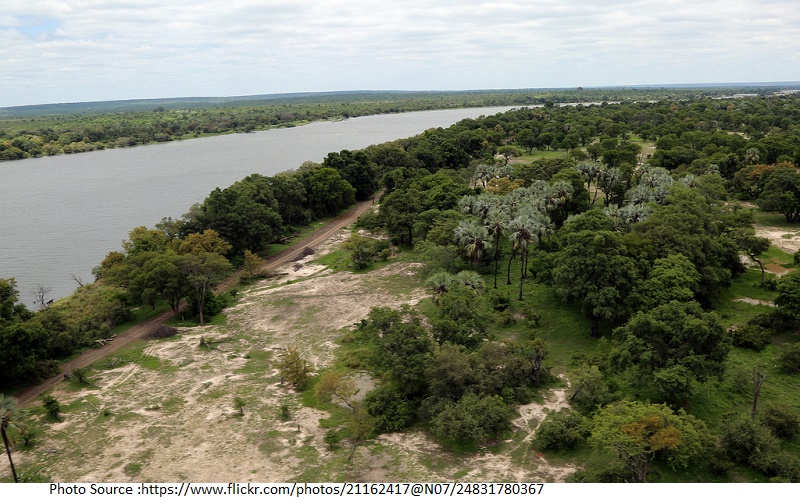
The ancient ‘Smoke which Thunders’; Mosi-oa-Tunya is home to some of the most attractive and never to be forgotten sections of the Victoria Falls. As the second-biggest single waterfall on earth, it’s easy to see why that part of Zambia’s mighty river has gained a UNESCO Heritage tag. And when you add in the populations of white rhinos, Angolan giraffes, zebras and the irregular elephants that also trample here, it’s even easier to realize why so many visitors assemble to this corner of the country every year. You’ll require good walking boots and a courageous nature at hand, prepared for the slender platforms of the so-called Knife-Edge Bridge that curves over the falls.
15. Siavonga
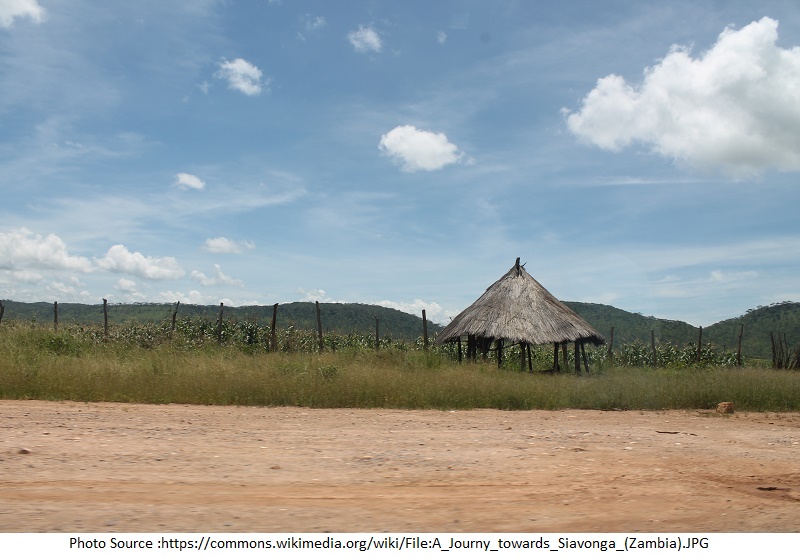
Falling down to the shores of Lake Kariba in a combination of acacia trees, palms, rosewoods and forest figs, the verdant town of Siavonga has set up itself as one of the main holidaying spots in all of Zambia. It’s peppered with stunning hotels that brag about wonderful terraces and cafes overlooking the water. Boats drifting along the coastline and the hills of the Zambezi Valley are seen all across the horizon. On this – the biggest reservoir in the world – it’s feasible to enjoy plenty of watersports and entertainment activities, while Siavonga itself is bordered by lovely beaches and walking trails.
16. Lake Kashiba

The Lake Kashiba or sunken lakes are one of Zambia’s most remarkable lakes. Formed from limestone corrosion which led to small openings being filled with water, the lakes are situated in Mpongwe which is a town in Ndola, Copperbelt Province. The water is so lucid that you can watch fish swimming. The beauty of the lake is further strengthened by the bluish color of the water, giving it the visual notion of an enormous natural swimming pool, with no noticed river entering or leaving it. It is said to be nearly 100 meters (330 feet) deep, although this has yet to be accomplished. There are many local legends encompassing the lake, such as the existence of a monster called ‘Ichitapa’ or ‘lsoka lkulu’.
17. Sindabezi Island
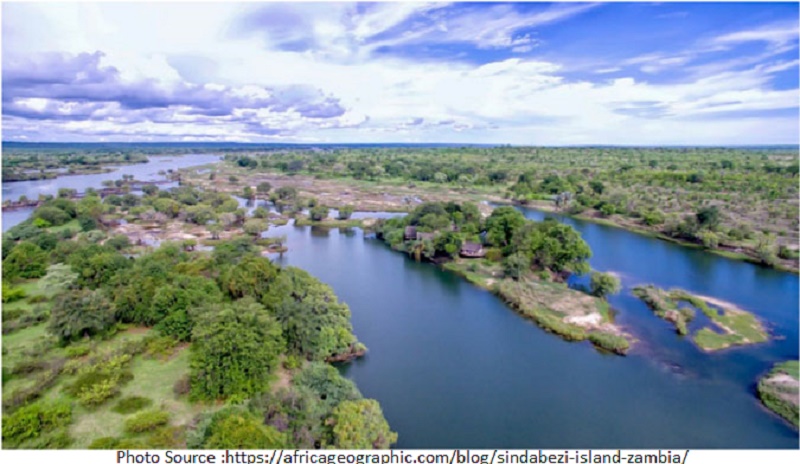
Most people go to Livingstone to watch the Victoria Falls but the tiny private island of Sindabezi is also worth a trip. Enjoy scenes of the Zambezi alluvial plain and the neighboring Mosi O Tunya National park, and have local dishes on an elevated floating platform in the middle of the river. The beauty of Sindabezi is in its hard to reach location. The only way to reach there is nothing but the boat.
18. Nyika Plateau National Park
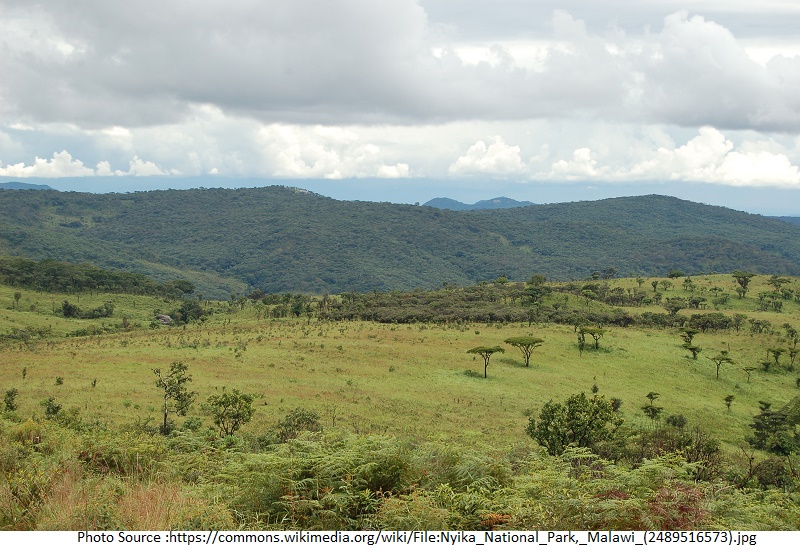
The Nyika Plateau National Park is located at the easternmost point of Zambia, which is one of the highest places in the country. The sights from the plateau are wonderful; uneven grasslands with valleys, slopes with plenty of wildflowers, rolling green hills, stony outcrops and tiny tropical forests nestled in the valleys. Elephants, zebra and the red duiker are a few animals that can be seen in the park, although most of the surface area of the park is in nearby Malawi. The only way to access into the park is from the Malawian side, which also has the sole accommodation.
19. Samfya Beach
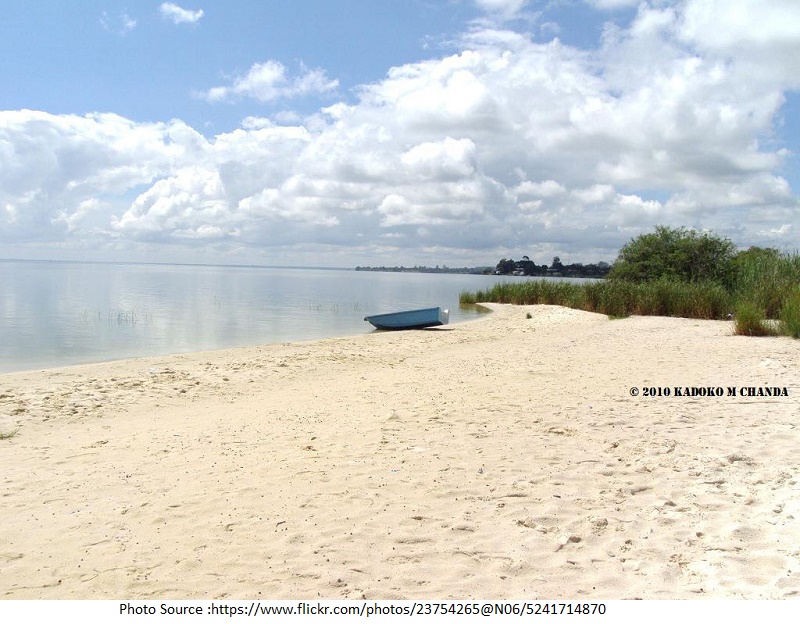
Lake Bangweulu verbally interprets to ‘The Place Where the Water Joins the Sky.’ It’s located in Luapula Province of Northern Zambia. The grey-blue waters vanish into the horizon, mixing in totally with the color of the sky, making for an astonishing sight. Samfya Beach is situated on the southwestern shore of the lake and is one of the few white sandy beaches in the country, making it important for the long drive from Lusaka, Zambia’s capital city (nearly 700km (435 miles)). There are some lodges on the waterfront.
20. Lake Kariba
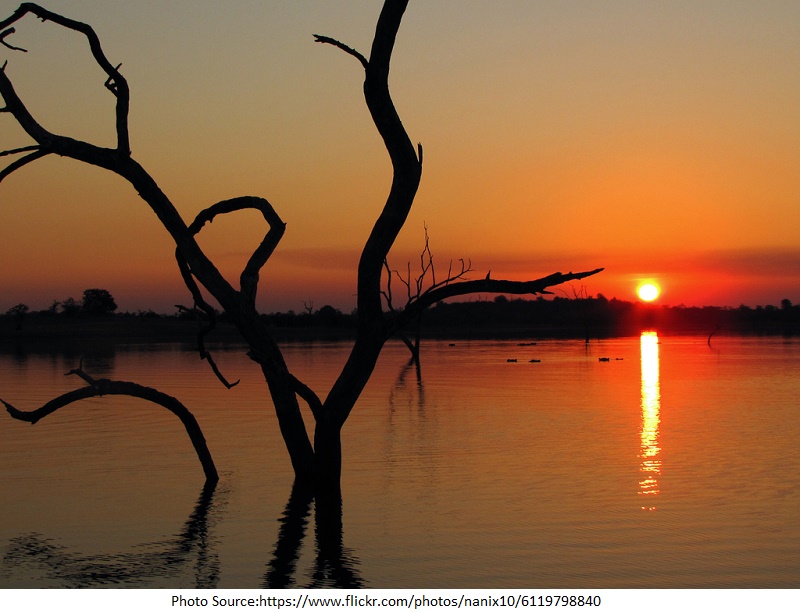
Lake Kariba spreads over an area of nearly 2000 km and for many years Lake Kariba’s coastline has provided a weekend entrance from Zambia’s capital city Lusaka. It is located at less than two hours drive (approximately 100km). One of the best ways to bathe in the sun and experience the stunning sunrise and sunsets is on a houseboat, of which there are plenty of opportunities available for rent.

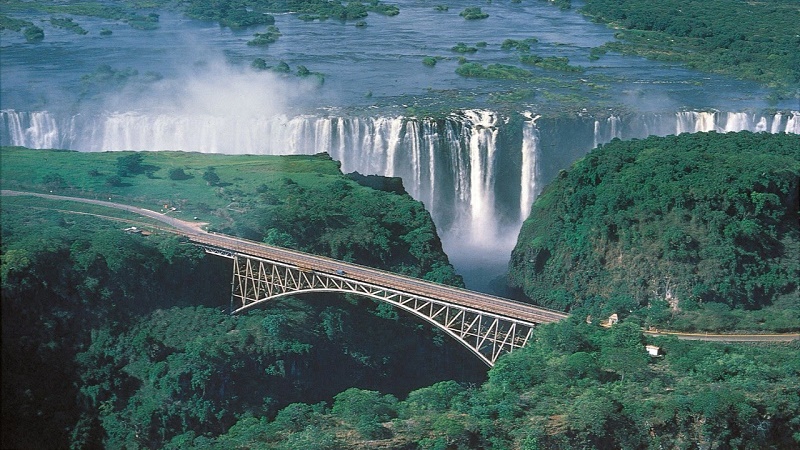
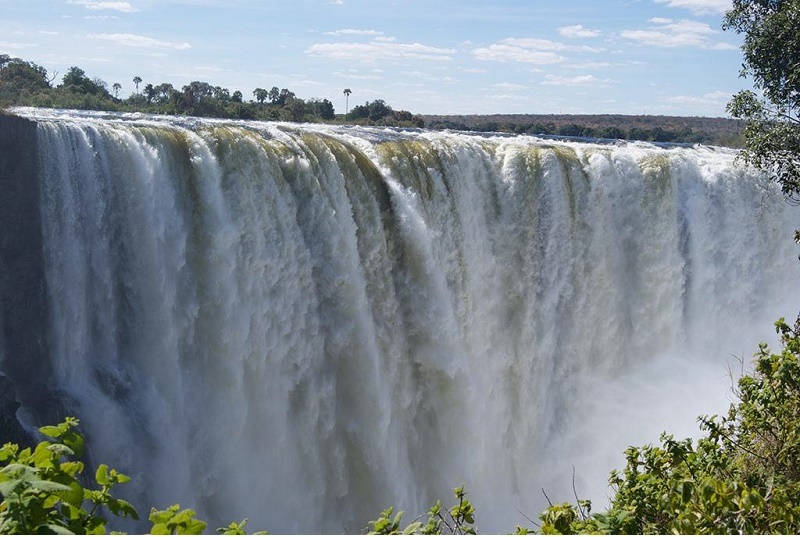
Very helpful articles to people who want to visit Zambia. Recommended this site for tourist people
OMG I m in love with place………
Africa is really beautiful and I cant wait to tour all these beautiful destinations
I love the place for sure